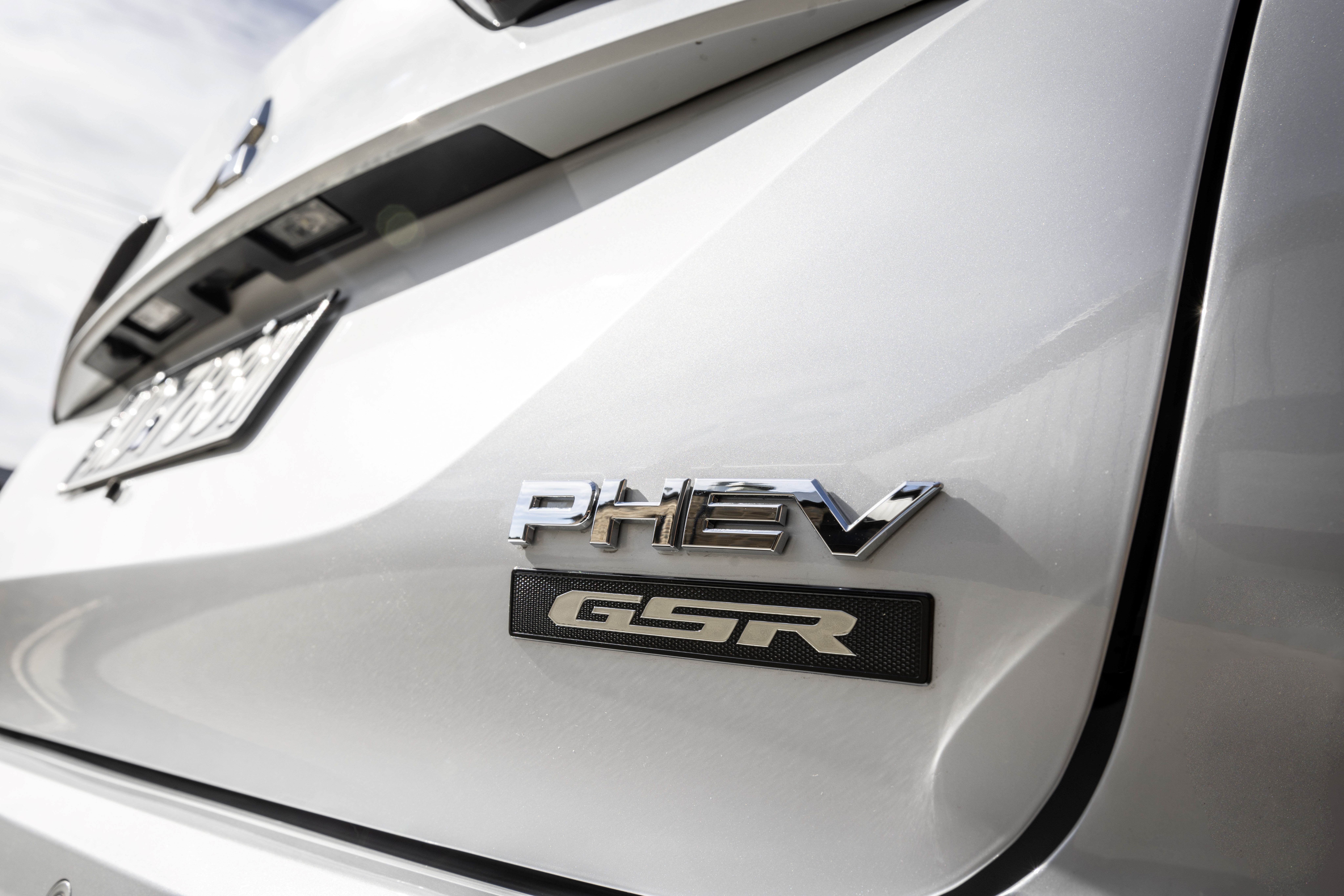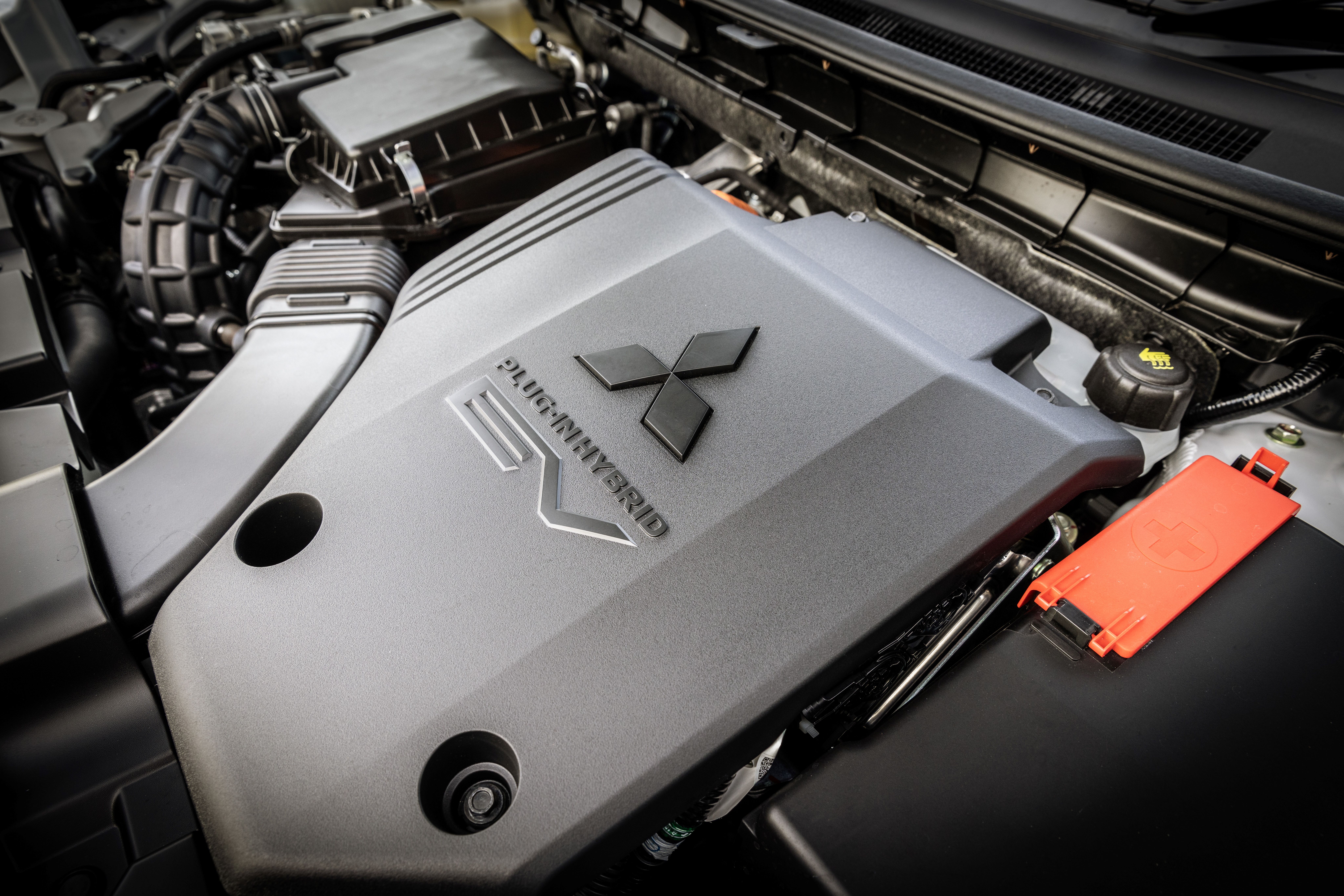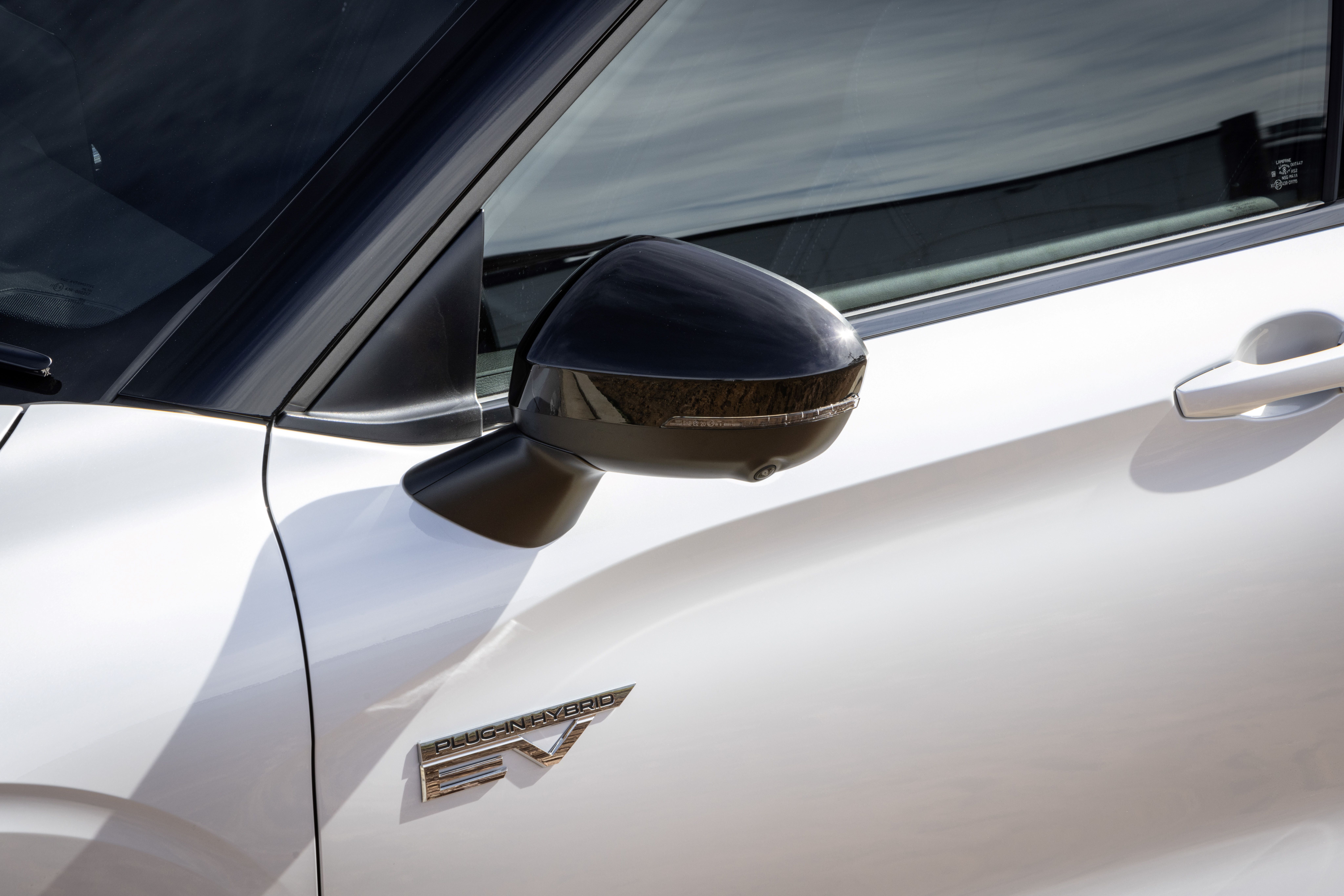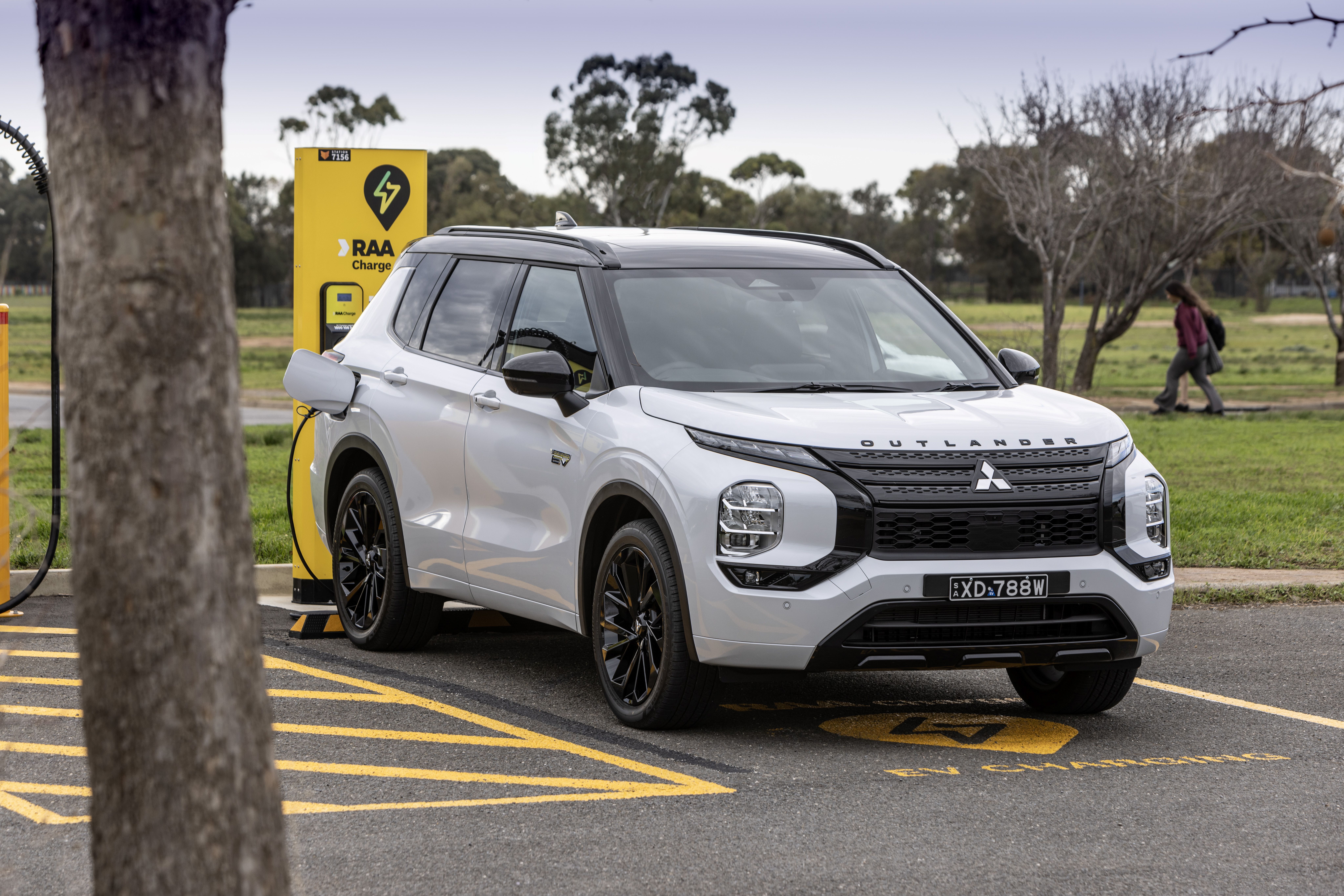IN 2021, MITSUBISHI MOTORS AUSTRALIA engaged independent research provider Platform One to survey its Plug-In Hybrid EV (PHEV) owners. The results showed that Mitsubishi’s PHEV technology was the best of both worlds, with owners using their vehicles in pure EV mode over 80 percent of the time, offering instant CO2 reduction without the need for additional charging infrastructure.
The Australian automotive industry has since seen unprecedented change as manufacturers seek the most appropriate powertrain solutions to reduce tailpipe emissions. The Australian Government’s setting of a New Vehicle Efficiency Standard has added further impetus.

Mitsubishi has continued to invest in PHEV. The 2022 introduction of the current Mitsubishi Outlander Plug-In Hybrid EV advanced the concept to give up to 84km of electric range (according to ADR 81/02 testing) and a combined real-world range exceeding 800km.
After initial supply constraints, the new Outlander PHEV has supported Outlander’s top 10 Australian vehicle sales position. Today, PHEVs make up 20 percent of total Outlander sales (JATO, August 2024 YTD), compared to the previous generation’s total of under five percent.
Eclipse Cross PHEV has also supported overall Mitsubishi PHEV sales, contributing 27 percent of all Eclipse Cross sales this year (JATO, August 2024 YTD).
Combined, Mitsubishi owns 43 percent of the Australian PHEV new car market (VFACTS, August 2024 YTD).
With this market-leading position, Mitsubishi recommissioned Platform One to reveal what PHEV intenders look for, and how Mitsubishi PHEV owners use their vehicles in the current climate. With more Mitsubishi PHEV owners came a larger sample size, increased from around 130 to around 800. Platform One also surveyed a range of PHEV intenders and augmented the insights further by utilising ARC market data to capture a wide view of the market’s evolution.

A short-range EV, with long-range flexibility
The Platform One data demonstrated that new Outlander PHEV owners use their vehicle in EV mode 81 percent of the time, while Eclipse Cross PHEV owners use EV mode 75 percent of the time. These owners are effectively reducing their tailpipe emissions by these percentages, when compared to driving an internal combustion engine (ICE) car.
These ‘EV share’ figures contrast with often-cited European data, stating an EV share of only 45-49 percent, for private PHEV owners. (Source: ‘Real-world usage of Plug-In Hybrid vehicles in Europe, 2022, International Council on Clean Transportation.)
Most Mitsubishi PHEV owners charge daily (50 percent Outlander, 58 percent Eclipse Cross) and make use of home charging (97 percent and 96 percent, respectively). The latter highlights another PHEV advantage; with a smaller battery pack than required for a similarly-sized BEV, PHEV charging can be conveniently completed overnight, via a domestic socket.
In fact, 85 percent of Outlander PHEV owners and 89 percent of Eclipse Cross owners that charge at home use the domestic socket, practically demonstrating how convenient PHEV charging at home can be.
PHEV charging behaviours, for example plugging the vehicle in and monitoring its state of charge, also prepare owners for a future BEV purchase, once infrastructure and battery technology suit their requirements.
Mitsubishi PHEV owners are using their vehicles predominantly as short-range EVs and realising the associated benefits, without infrastructure anxiety.

Transition technology
Owner verbatims revealed that PHEV owners had considered a BEV, however price and infrastructure considerations tipped the balance towards PHEV. With many looking at a BEV in future, the PHEV option was seen as the right choice for today’s Australia.
Since 2021, the electrified technology adoption curve has also evolved from ‘early adopter’ to ‘early majority’.
Early adopters are seen as more willing to make the behavioural change needed to adopt BEVs, exploring the technology’s benefits and limitations that come with ownership. The early majority is more pragmatic; they accept the need for change but are less willing to compromise behaviour if it negatively impacts their driving needs or lifestyle.
Real-world running cost reduction
When asked their top five reasons for choosing an Outlander PHEV, running costs was the number one response, with 45 percent of owners citing this. ‘Fit for purpose’ and ‘Warranty length and inclusions’ ranked second and third, with 41 percent and 38 percent respectively.
Eclipse Cross PHEV owners rated running costs as the primary purchase reason, also with 45 percent. This was also supported by ‘Warranty length and inclusions’ ranked second with ‘Fit for purpose’ third at 41 percent and 34 percent, respectively.
The data shows Mitsubishi PHEV owners see strong real-world benefits, combining lower on-going running costs with our market-leading 10-year warranty and capped price servicing program.
Ninety-two percent of Mitsubishi PHEV owners agree that running costs are lower when charging the battery, with 92 percent on average also agreeing that using EV mode improves real-world fuel economy, while reducing the need to visit fuel stations.
